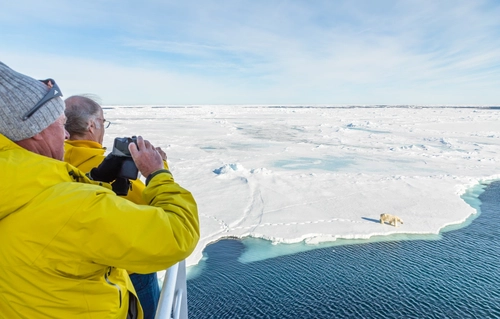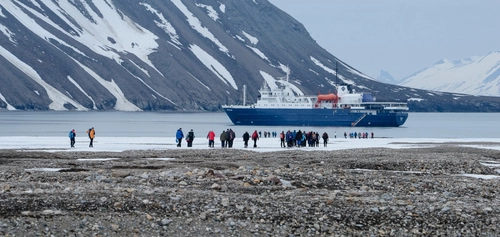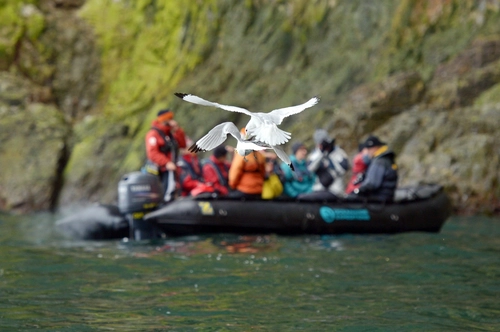Literature, cinema, and even video games often present us with various global disaster scenarios. These typically involve devastating wars, catastrophic natural events, or widespread pandemics that leave survivors scavenging for food and supplies amidst hordes of zombies.
What we hear less about are the real-life measures that governments and research groups take to prepare for such scenarios.
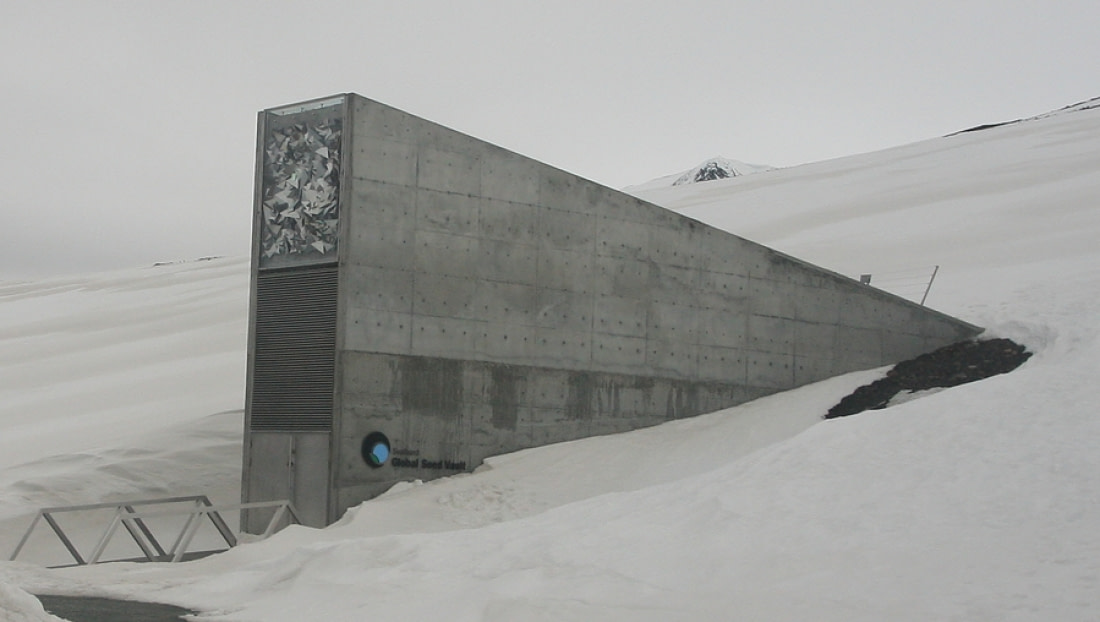
Enter the Svalbard Global Seed Vault
One such precaution is the Svalbard Global Seed Vault, often referred to as the Doomsday Vault. Among its staff, it’s simply known as the “Vault”. The entrance, a tilted monolith of concrete and steel, juts out from an Arctic mountain, resembling a wintry cubist bunker.
Upon entering its gray doors, you find yourself in a cylindrical steel tunnel that extends 100 meters into solid rock, through the permafrost. A blinking red security system stands guard, evoking images of fingerprint, eye, and thought scanners.
Down this tunnel, scientists in thick coats and hardhats transport trollies filled with black boxes destined for the Vault's interior. The scene is reminiscent of a science fiction movie.
The last seed standing
The Svalbard Global Seed Vault is situated on Spitsbergen, the largest island in the Svalbard archipelago. Surprisingly, the island was not chosen for its stark appearance; Spitsbergen cruises are popular for viewing polar bears and glacial fjords.
Instead, the island’s geological stability, low humidity, geopolitical isolation, and cold climate make it ideal for the Vault’s purpose: to serve as the ultimate reserve of vital crops if any of the world’s 1,700 gene banks are compromised.
These gene banks, which are biorepositories of organic material, store everything from plant tissues to animal embryos. Some are located in regions prone to underfunding, mismanagement, conflict, and war – such as the gene bank in Aleppo, which has been largely inaccessible due to the Syrian conflict.
Thus, the Svalbard Global Seed Vault was established. Despite the harsh Arctic climate, the instability that could affect other gene banks is unlikely to impact the Vault. Engineers even considered rising sea levels, constructing the facility high enough to avoid flooding.
However, even the best planning can’t foresee every eventuality.
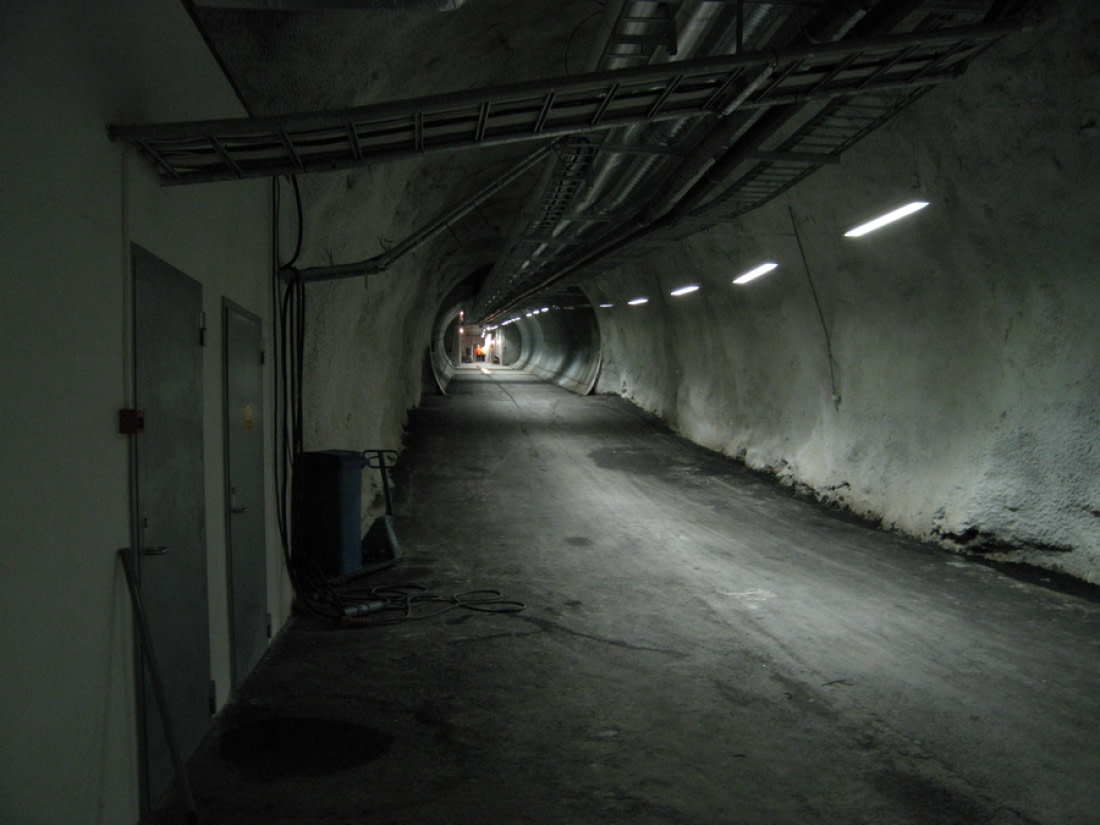
Svalbard Seed Vault volume and variety
The Svalbard Global Seed Vault is impressive in its capacity. It can safeguard up to 4.5 million crop types. With each type containing an average of 500 seeds, the Vault can store a total of 2.5 billion seeds.
Currently, about 930,000 crop varieties are protected there, making it the most diverse seed supply on Earth. It includes major types of European and South American potato, lettuce, and barley, as well as less common varieties of Asian and African sorghum, cowpea, and maize.
Preserving seeds while avoiding duplicates is an ongoing challenge, as gene banks often need to multiply and regenerate their supplies before sending them for storage.
This process is crucial: Once a crop is lost, it is lost forever, much like an animal species going extinct.

The science of seeds
For the Svalbard Global Seed Vault to function as intended, it must maintain specific conditions. These include a low moisture level and a temperature of -18°C (-0.4°F), which keep the seeds in a metabolic state that allows them to remain viable for many years.
The seeds are packaged and sealed in custom-designed three-ply foil, then placed in protective boxes before being stored in the Vault. Although the countries that send seeds to the Vault retain ownership and are the only entities allowed to withdraw them, a requirement for deposit is that all seeds are shared under the Multilateral System specified in the International Treaty on Plant Genetic Resources.
Yet, as mentioned, even the best planning can’t predict the future.

Survival of the Svalbard Seed Vault
Global warming, the greatest threat to world weather stability, has also become the greatest threat to the Svalbard Global Seed Vault. Whether one believes the phenomenon is cyclical or human-caused, the heat spike of 2016 impacted the Vault significantly.
The permafrost began to melt, causing water to spill into the facility. Fortunately, the meltwater only reached the tunnel’s entrance before freezing, but the incident alarmed those who once considered the Vault the ultimate failsafe.
The Norwegian government, which opened the Svalbard Global Seed Vault in 2008 in a former coal mine, has since upgraded the structure with pumps and waterproofing systems.
Plans for Vault improvement
As of March 2018, the Norwegian government planned more than $13 million worth of additional improvements to the Svalbard Global Seed Vault.
These upgrades, announced by Norway’s minister of agriculture and food, Jon Georg Dale, include a new concrete entry tunnel, electrical units to cool and heat sections of the facility when needed, and a new service building for emergency backup power. Whether these improvements will ultimately prove effective against rising temperatures in the Arctic remains to be seen.
One thing is certain: Though the Vault might seem distant and unreal, its destruction would have very real consequences for us all. This is one aspect of science fiction we cannot afford to experience in reality.

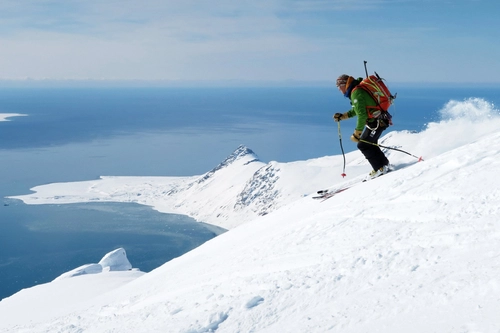
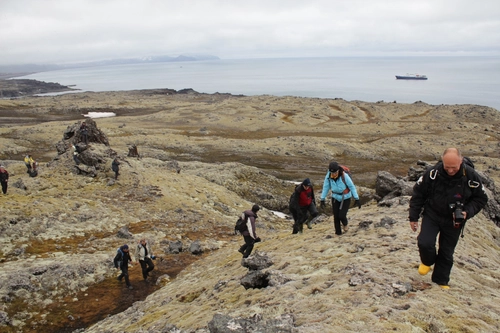
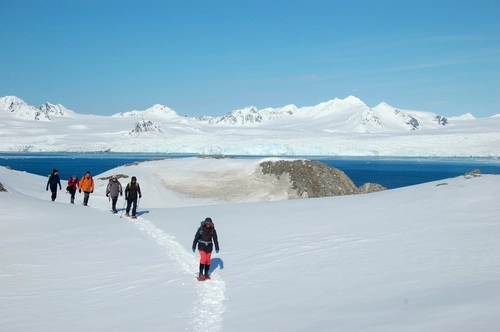
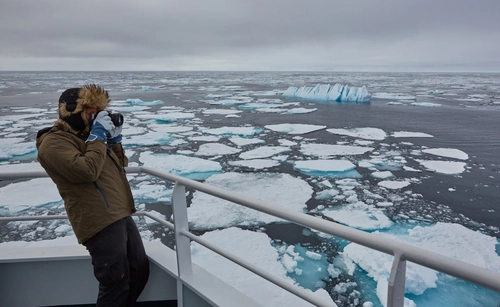
Related Trips
Blog


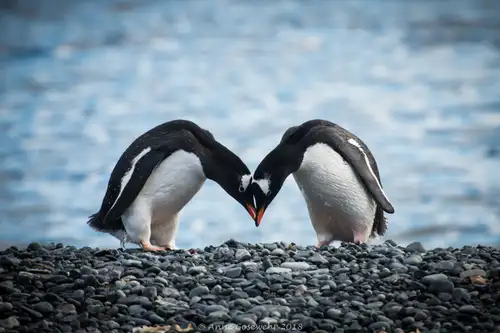
Polar Amore: 14 Wildlife Pics to Warm up Your Valentine’s Day
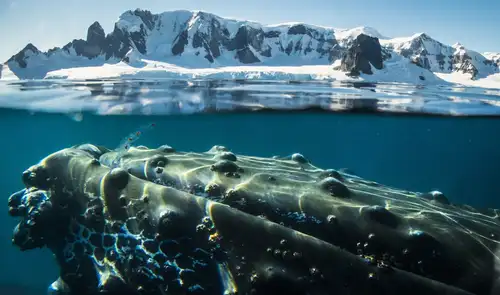
Baleen Whales – The Gentle Giants of the Ocean
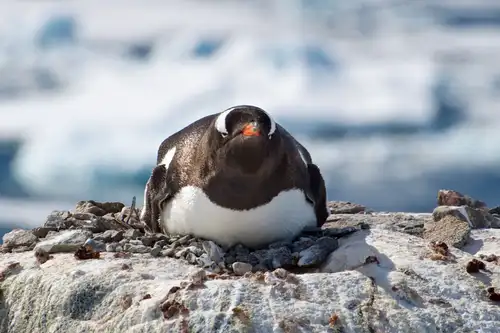
Life in a Penguin Colony
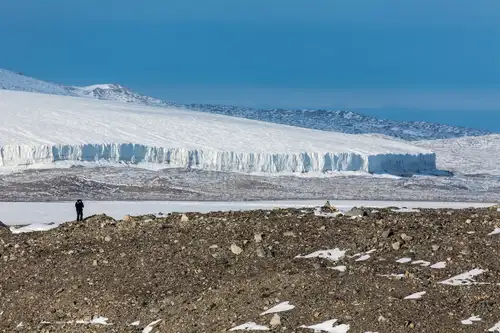
The Secret Life of Glaciers: How They Form, Move, and Melt
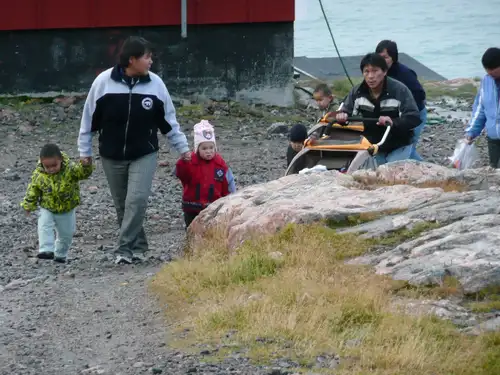
Greenlandic Inuit Beliefs
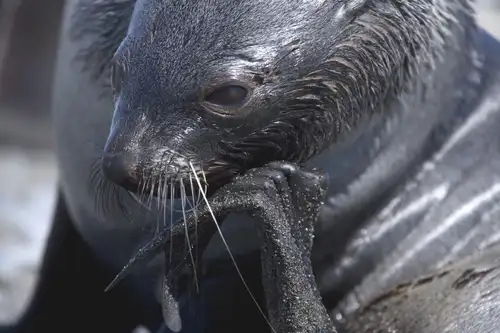
Coming Back from the Brink: The Fur Seals of Antarctica
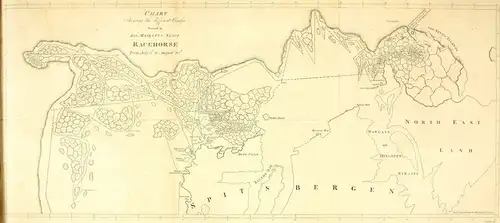
First to the North Pole: Five Failed but Brave Expeditions

Polar Bear Primer: Eight Facts About the Arctic Wanderer

Path of Polar Heroes: Hiking Shackleton’s Historic Route

The Mysteries of the Beluga Whale
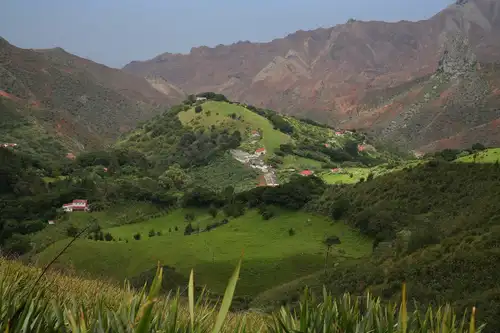
Five Reasons to Love St. Helena
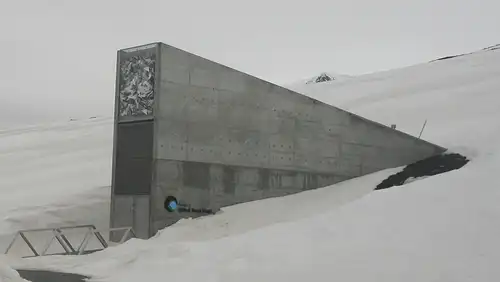
Inside the Svalbard Global Seed Vault

Around Spitsbergen vs. North Spitsbergen
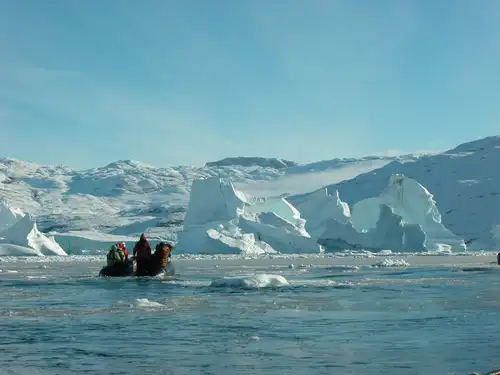
Discover the Scoresby Sund Fjord System in East Greenland
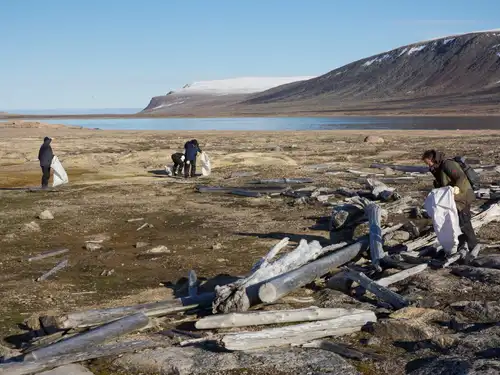
Keep It Green: Our Commitment to Sustainable Polar Travel

Weddell Sea, Shackleton’s Endurance, and New Swabia
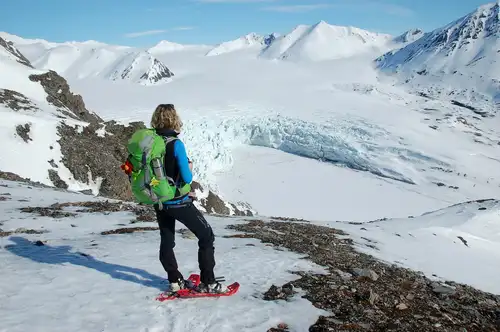
Arctic on Foot: Hiking and Snowshoeing the Far North
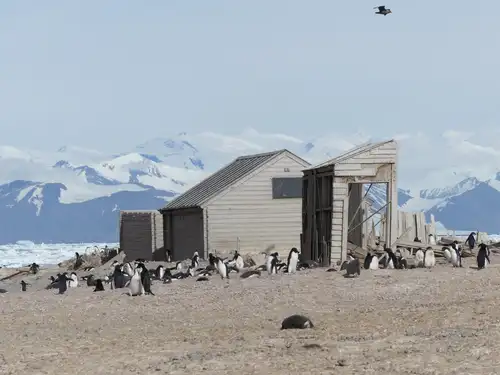
The First Buildings in Antarctica: Borchgrevink’s Historic Huts
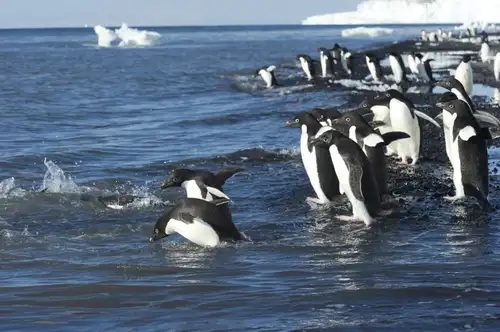
Adélie penguins in the Ross Sea - Antarctica




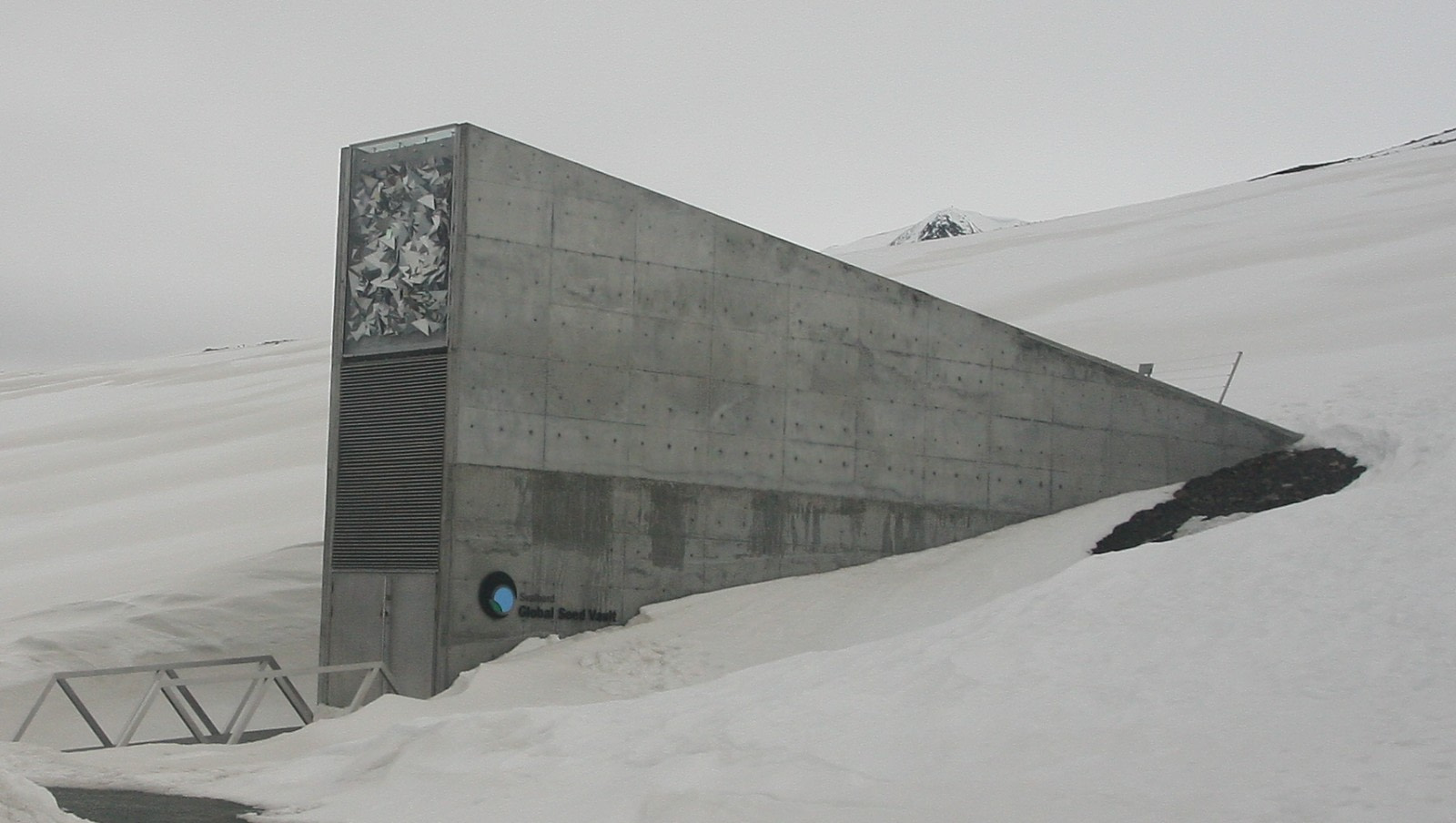

 8 Days / 7 Nights
8 Days / 7 Nights

